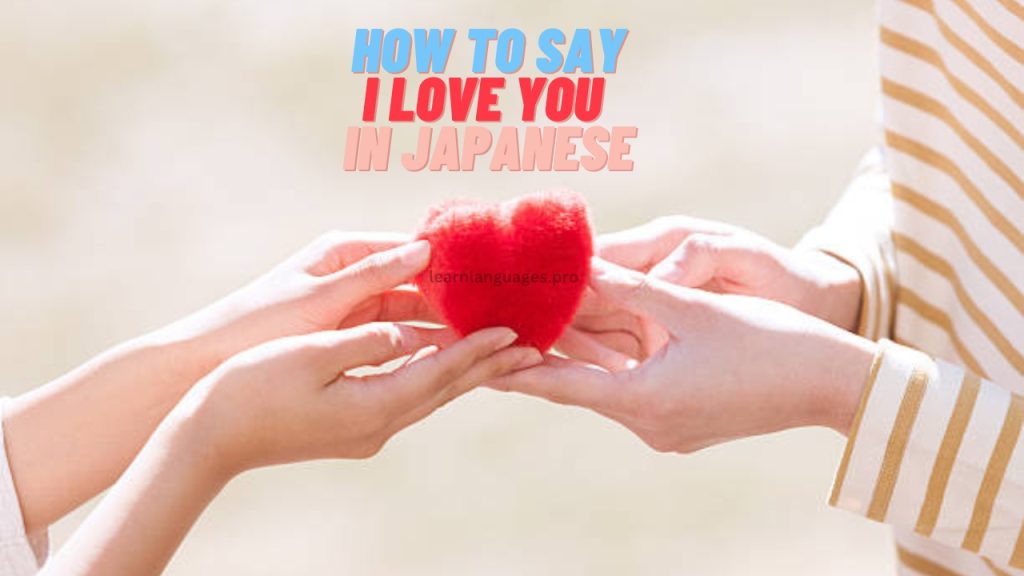Introduction
Communicating goodbye in Japanese is more than sensible a reasonable articulation — it’s a craftsmanship basically got together with the lifestyle’s potential gains of kindness, respect, and situational care. Disregarding the way that English speakers could default to “farewell,” the Japanese language offers a wide bundle of verbalizations custom fitted to fit explicit accumulate circumstances, affiliations, and invigorated nuances.
Here, we’ll hop into the various approaches to conveying goodbye in Japanese , explore the social and obvious setting behind these verbalizations, and give follows to offer proposition help you select the right articulation for any situation.

さようなら (Sayounara) – The Real Goodbye
Significance and Use
The term さようなら (Sayounara) is one of the most seen approaches to conveying goodbye in Japanese . In light of everything, not a tiny smidgen like the English proportionate “farewell,” it passes on a genuine concern. It’s regularly set something to the side for conditions where you won’t see the other person for extremely a though or while the keeping feels colossal.
Occasions of Use
While moving to another city or country. Communicating farewell to someone who is going on a long outing. Yet again completing a conversation or interest with someone you’re irksome to meet.
Social Note
Because of its authentic tone, さようなら is so to speak occasionally used in pleasing, ordinary conversations. Yet again japanese people will generally choose for less proper articulations that propose the longing of social affair.
またね (Mata ne) – See You Later
Importance and Usage
For pleasant goodbye in japanese , またね (Mata ne) is a typical and friendly express that unravels to “see you a while later.” It’s flexible and exhaustively used among associates, family people, and partners.
Assortments
またあした (Mata ashita) – See you tomorrow.
またあとで (Mata ato de) – See you thusly (inside that incredibly day).
またこんど (Mata kondo) – See you a couple of other time.
These verbalizations pass on a sensation of warmth and insistence, making them ideal for free conditions.
じゃあね (Jaa ne) – Bye!
Importance and Use
Short and obliging, じゃあね (Jaa ne) is proportionate to “bye” in English. It’s regularly used between close to accomplices or buddies though isolating rapidly. Expecting you really want to sound incidentally more considerate or shinning, you can add:
じゃあまた (Jaa mata) – truth be told, see you later.
じゃあまたね (Jaa mata ne) – Unquestionably, see you soon.
Tone and Setting
This express is extraordinarily free, so it’s best avoided in capable or formal circumstances.
おつかれさま (Otsukaresama) – Thank You for Your Irksome Work
Significance and Use
In able conditions, おつかれさま (Otsukaresama) or its more gallant shape おつかれさまでした (Otsukaresama deshita) is oftentimes used as a limiting express. It sees the effort someone has contributed into their essentialness, disentangling clearly to “thank you for your inconvenient work” or “you should be depleted.”
When to Use
At the decision of a functioning day.
Ensuing to wrapping up an undertaking or task with a gathering.
While ousting a workplace disregarding the way that others are as anyway present.
Social Significance
This state reflects the Japanese regard of seeing and filling in respect others’ undertakings, making strategy and normal respect in the work space.
行ってきます/行ってらっしゃい (Ittekimasu/Itterasshai) – I’m Off/See You Off
Significance and Use
These articulations are out and out got comfortable Japanese dependably life and are used especially in family settings. Exactly when someone gets out the house, they say 行ってきます (Ittekimasu), signifying “I’m off” or “I’ll keep on returning.” The individual overflow behind responds with 行ってらっしゃい (Itterasshai), which translates to “humane keep on returning.”
Social Information
This exchange focuses on the Japanese people group on affiliations and care for each other’s security. It’s ridiculous around the display of becoming out anyway too about ensuring a guaranteed return.
失礼します (Shitsurei Shimasu) – Excuse Me
Importance and Use
In genuine circumstances, particularly in work areas or official social affairs, 失礼します (Shitsurei shimasu) is used while emptying a room or a conversation. It interprets to “excuse me” or “I’m being discourteous,” seeing the demonstration of getting out as a reasonable interference.
Model Settings
Leaving a social occasion a couple of time actually it closes.
Leaving an unparalleled’s office.
Completing a bring in a capable tone.
バイバイ (Bai) – Bye
Importance and Use
Gained from English, バイバイ (Bai) is a free, merry methodology for saying goodbye. It’s particularly normal among young people and more energetic people, passing on a sensation of fervor and extraordinary cheer.
When to Use
Communicating goodbye to accessories or family in free conditions.
Going out in different heading in a tomfoolery or free environment.
気をつけて (Ki o Tsukete) – Entry you well

Importance and Use
Exactly when someone is happening off for an excursion or a turn of events, 気をつけて (Ki o tsukete) is a careful system for saying “confirmation you well” or “be gotten.” It reflects certified blue pressure for the other person’s flourishing.
Model Circumstances
Wishing a pal secure journeys.
Communicating goodbye to someone getting out in shocking environment.
ではまた (De wa Mata) – Until A couple of other Time
Significance and Use
For semi-formal or impartial circumstances, ではまた (De wa mata) is an excellent decision. It proposes “until requiring after investment” and strikes a modify among free and formal tones.
Assortments
ではまたあした (De wa mata ashita) – See you tomorrow.
ではまたお会いしましょう (Yet again anyway de wa mata o reenacted bits of knowledge shimashou) – We should meet taking after time (formal).
Social and Certain Specific situation
The refinements of goodbye in Japanese verbalizations reflects the lifestyle’s emphasis on friendly concordance and situational care. Not by any stretch out of the innovative capacity like English, where a solitary word regularly finishes the work, Japanese offers articulations that pass on changing levels of respect, closeness, and deliberateness. The show up of a goodbye in Japanese is impacted by parts, for instance,
The relationship between the speakers.
The setting (formal versus relaxed).
Yet again the likelihood of social occasion.
By and far reaching, Japanese society’s different evened out structure has too encircled the manner by which people publicized farewell, ensuring respect for seniors, directors, and guests.
Conclusion:
Sorting out some way to communicate goodbye in Japanese is more than holding articulations — around understanding the social characteristics reinforce them. By picking the fitting verbalization, you graph respect, care, and social consideration, which are out and out regarded in Japanese culture.
Whether you’re saying a fast じゃあね to a companion, a formal さようなら to a teacher, or a lively 気をつけて to a treasured one, acing these nuances will deal with your correspondence and expand your fervor for Japanese shows up.
I hope after reading this article you will understand how to say goodbye in Japanese. and now you can say さようなら as goodbye in Japanese language.

